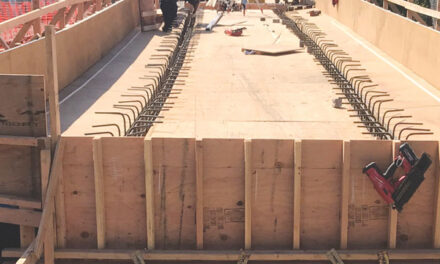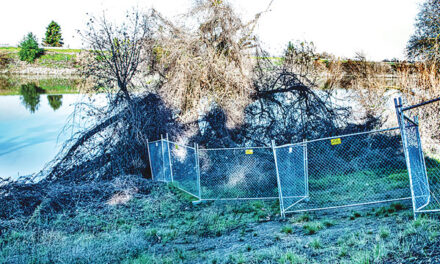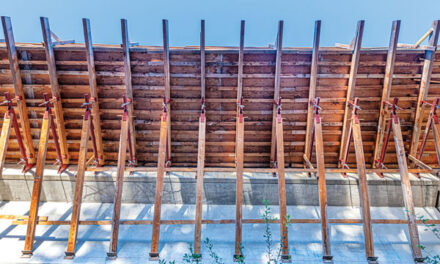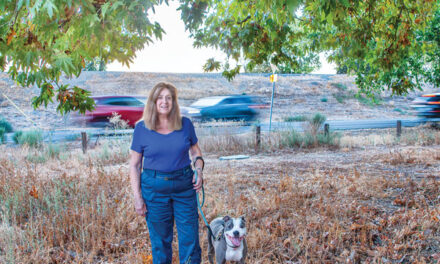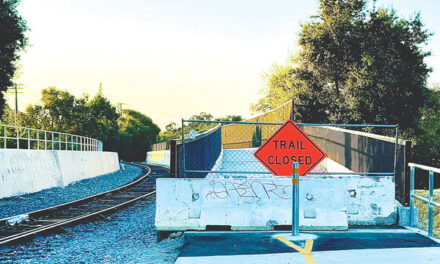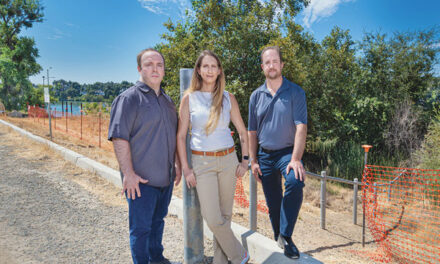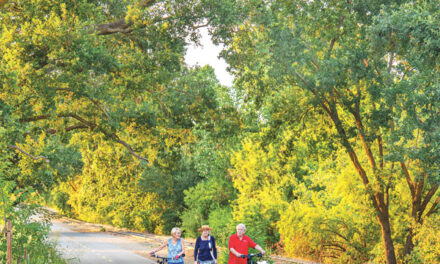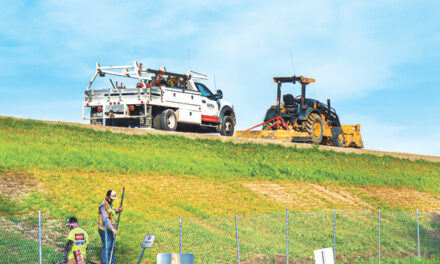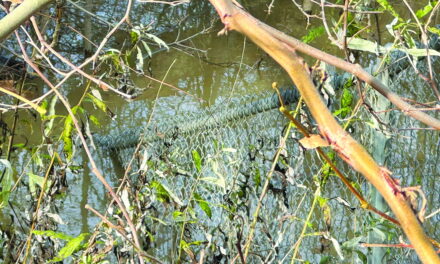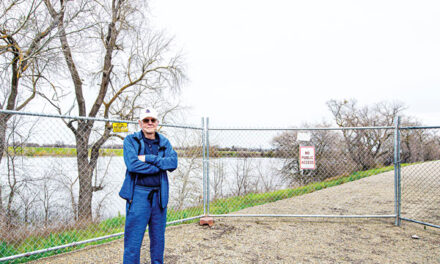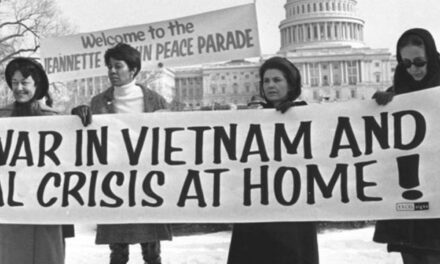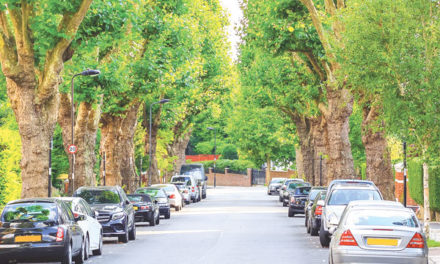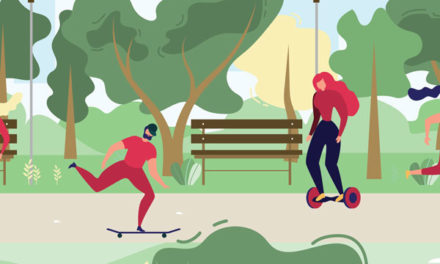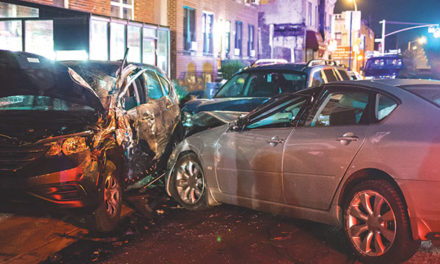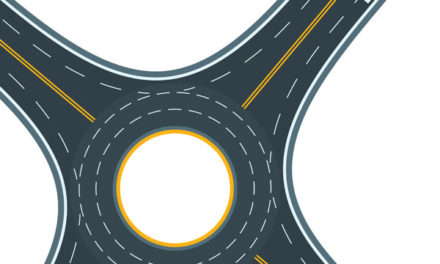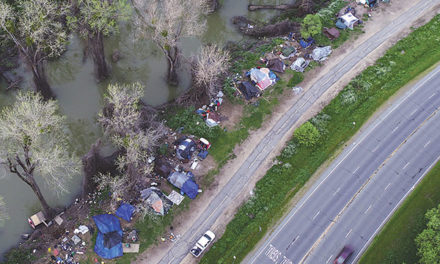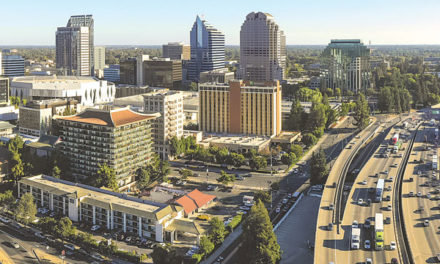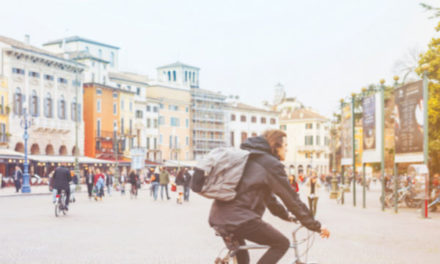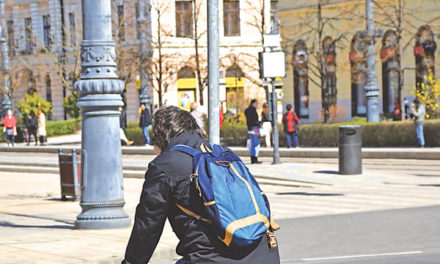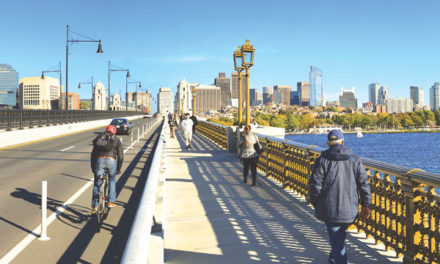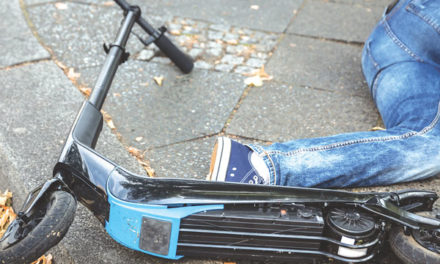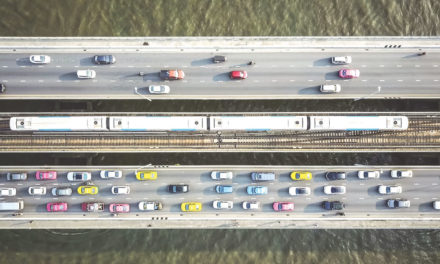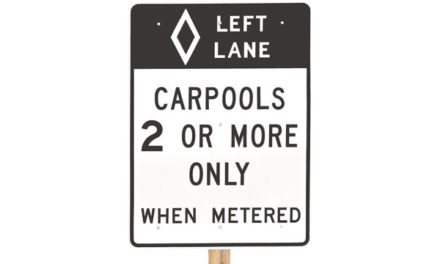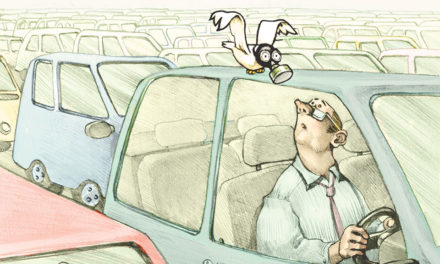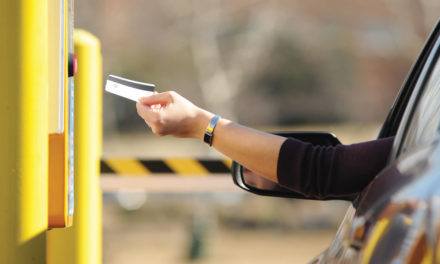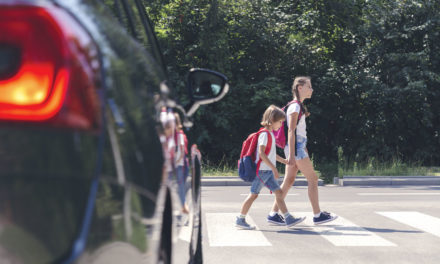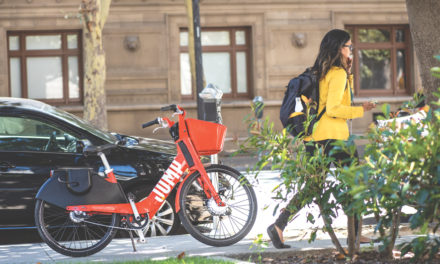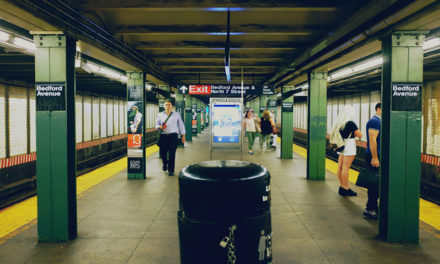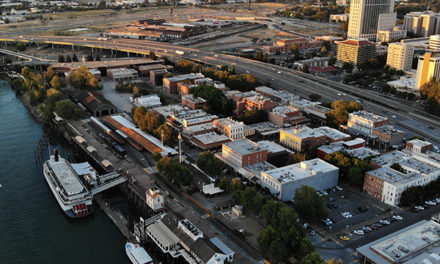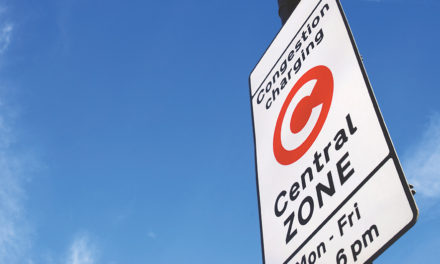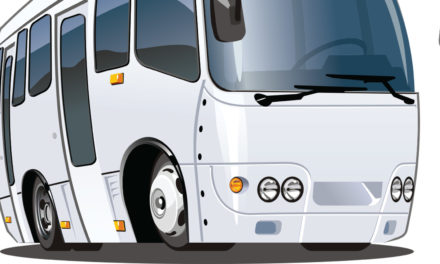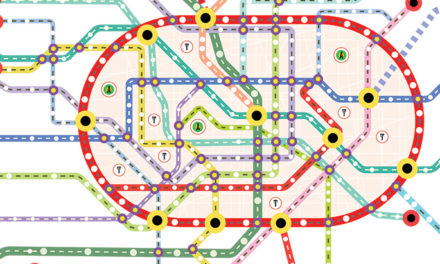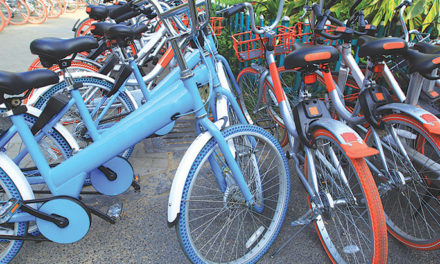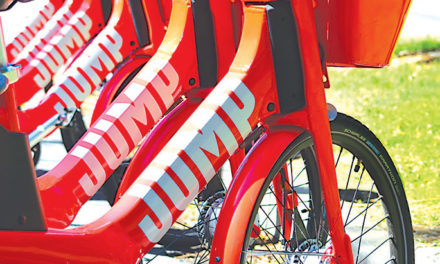Parkway Visionary
Frank Cirill’s legacy lives on
By Walt Seifert
August 2018
It’s easy to take the American River Parkway for granted, but it wasn’t easy to create. River Park resident Frank Cirill fought many battles to establish and protect the parkway. At its inception, there were fights to buy land and acquire easements. Along the way, there were conflicts over denial of public access to the Fair Oaks Bluffs, Cal Expo’s attempt to build a large parking lot near the river, and East Bay Municipal Utility District’s scheme to take American River water. Cirill as board member, president and president emeritus of the Save the American River Association was there for each of those fights and many more.
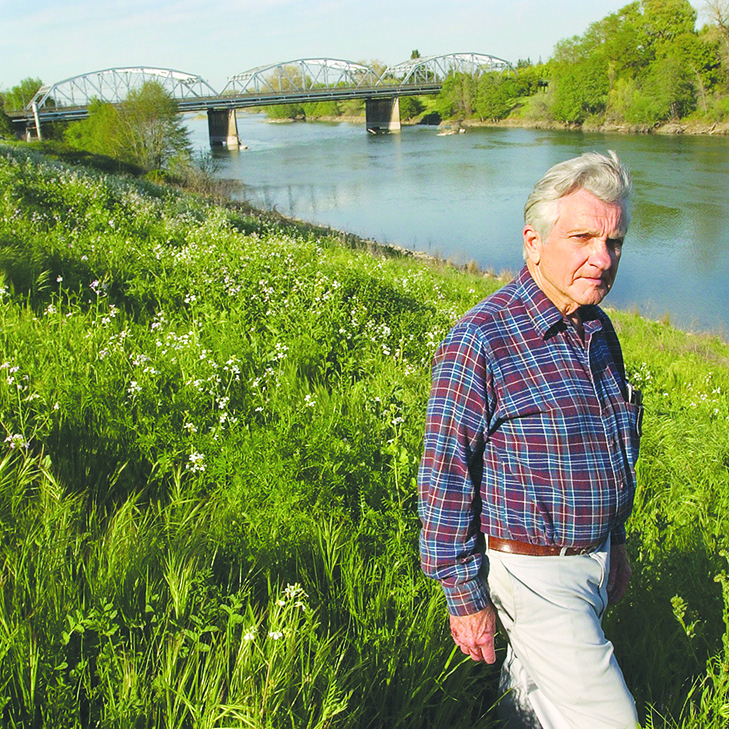
Cirill died in early 2017 at age 94 after living in River Park for 52 years.
Cirill never wanted to hide the parkway away like a jewel in a safe-deposit box. He wanted to share it and see it shine. His vision was bigger than creating and protecting a world-class parkway, a worthy dream in its own right.
His larger vision was knitting together disconnected parkway trails and having people actively use them.
Cirill loved the natural beauty of the parkway and thoroughly enjoyed its recreational opportunities. He used the parkway often and intensively to fish, kayak, run and bike. He was a triathlete, helping organize and participating in Eppie’s Great Race. “He ran on the parkway 20 miles a week until he was 86, and then he continued walking,” said his daughter, Lisa Cirill. “He exercised until the day he died.”
In my conversation with Lisa, she said her dad “worked for over 50 years to get critical connections needed” in the parkway and was a resolute advocate for better access. He wanted his neighbors and the larger community to experience the parkway’s tranquility and unique landscape.
Lisa was a top administrator at the California Department of Public Health. She knows the importance of physical activity. She also knows that exercising in nature produces a unique boost to mental health.
Lisa grew up in River Park. She lives there today in a house next to her parents’ home. She told me a story about a controversy over adding tennis courts at Glenn Hall Park when she was girl. There was opposition based on worries that the courts would bring in outsiders. The courts were built and there haven’t been any problems.
Lisa understands the current concerns of some River Park residents about building the Two Rivers Trail, a paved trail along the levee bottom on the river side, a place where there’s now a beaten dirt path. A levee top project probably would have been ideal for river views and to avoid trail flooding and damage, but planners conceded to residents’ worries about loss of privacy. Still “Save Don’t Pave” signs in River Park reflect other concerns, including harm to the natural environment and fears about crime and impacts from the homeless.
For Lisa, the benefits from improving the public’s access to the parkway—a parkway that is nationally significant—are overwhelmingly positive. She pointed out that access to the parkway often is a selling point in River Park real estate listings and lifts home values.
Like her father, Lisa is a proponent of the Two Rivers Trail, and having the parkway accessible to everyone, of all ages and abilities. She said, “I wish he were still alive to see it happen, but he knew it would because it was in city and county plans.” And not just in local bike plans. Cirill was one of the 24 citizen advisory committee members who updated the American River Parkway Master Plan in 2008. Frank and the other community members spent years crafting a master plan that was then approved by the city, county and state. A fundamental plan goal is “to ensure preservation of the naturalistic environment while providing … human enjoyment of the Parkway.”
I bike in the parkway at least twice a week, and my wife and I walk along the river as well. I’m very glad that 40 years ago we chose to live nearby. I still marvel at the parkway’s beauty and its wildlife. I thrill at seeing a deer, a great blue heron or even a rattlesnake. I can’t imagine Sacramento without the parkway. We all owe a debt to Frank Cirill for his vision and dedication.
Over the years, the city and other agencies have improved my neighbors’ access to the parkway. The levee top between H Street and the Guy West Bridge was paved. Sac State made the connection to the Guy West Bridge safer and friendlier. The city built a trail undercrossing at the west end of the H Street Bridge. The city added bike lanes to J Street (between 56th Street and the campus entrance) and on H Street (between Carlson and 56th). Most recently, a bike lane was added to H Street between Camellia Ave. and Carlson. I look forward to more improvements that will serve our neighborhoods for generations to come. They will all contribute to Frank Cirill’s legacy.
Walt Seifert is executive director of Sacramento Trailnet, an organization devoted to promoting greenways with paved trails. He can be reached at bikeguy@surewest.net.



